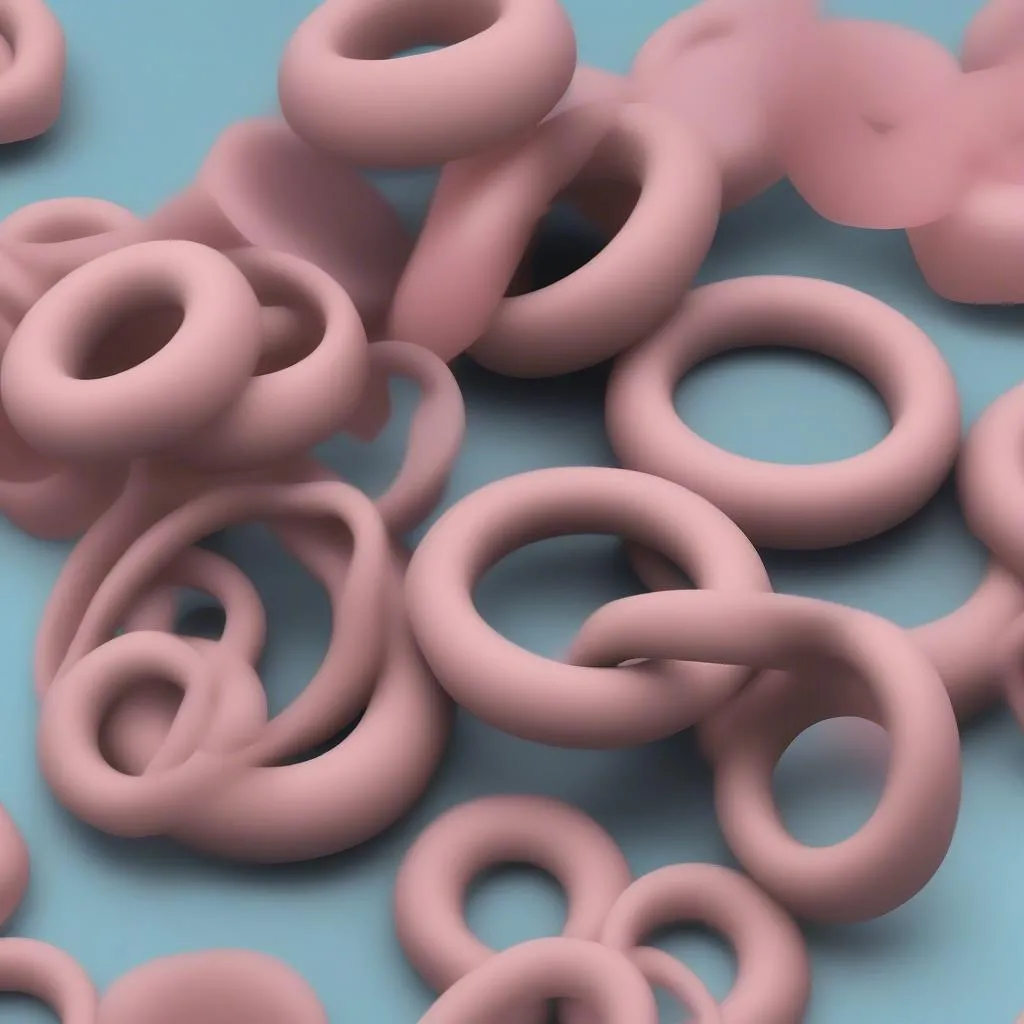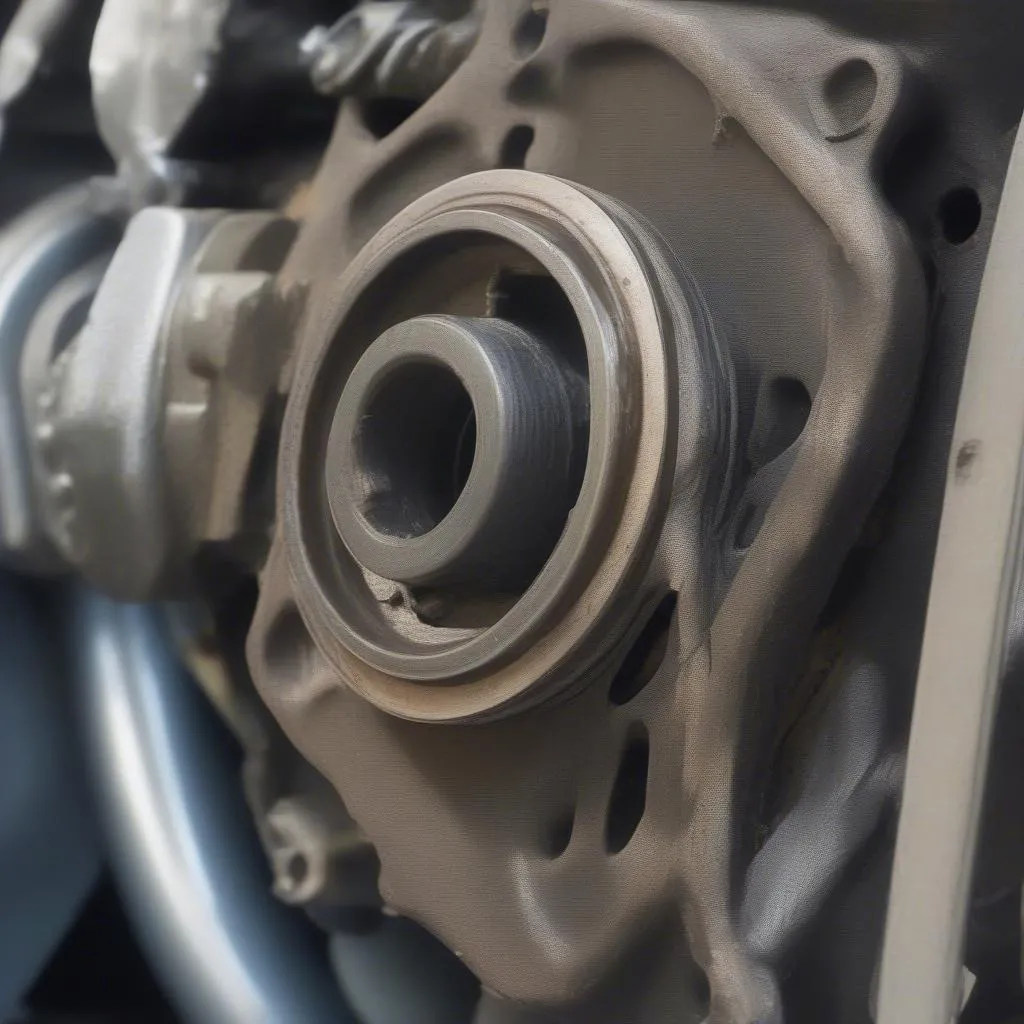O-rings, also known as sealing rings, are simple but essential components in many mechanical systems, including vehicles. Imagine: they are small, flexible parts, often made from rubber or another elastomer, and shaped like a donut. Their job? To seal! More specifically, they prevent liquids or gases from escaping at the connection point between two or more parts.
 Close-up of an O-ring seal
Close-up of an O-ring seal
How O-Rings Work
The key to how O-rings work lies in their shape and material. When compressed between two surfaces, the O-ring’s elastic nature creates a sealing effect. This seal prevents the fluid or gas flowing through from escaping. O-rings are incredibly versatile and are used in a wide range of applications, from sealing engine oil and coolant in your car to use in hydraulic and pneumatic systems.
“A well-functioning O-ring is crucial for the performance and longevity of many vehicle components,” says Dr. Markus Schmidt, automotive expert and author of “Modern Vehicle Technology.” “A leaking O-ring can lead to costly repairs and failures.”
Common O-Ring Problems
Although O-rings are very reliable, they can be damaged over time by various factors:
- Heat: Extreme temperatures, especially high heat, can cause O-rings to become brittle and crack.
- Chemicals: Certain liquids and gases can attack O-ring materials, leading to leaks.
- Pressure: Excessive pressure can deform O-rings or even cause them to burst.
- Wear: Like any other component, O-rings are subject to wear and may need to be replaced over time.
Symptoms of Defective O-Rings
- Visible fluid leaks at connection points
- Loss of engine performance
- Engine overheating
- Malfunctions in the brake system (if O-rings are in brake lines)
 Damaged O-rings from an engine
Damaged O-rings from an engine
Selecting and Replacing O-Rings
Choosing the right O-ring is critical for optimal sealing performance. When selecting, consider the following factors:
- Size: The O-ring must fit precisely into the groove to ensure effective sealing.
- Material: Choose a material that is compatible with the specific fluid or gas.
- Temperature Range: Ensure the O-ring is suitable for the intended temperature range.
Replacing O-rings is generally a relatively simple task that can be performed with a few basic tools.
Conclusion
O-rings are small but mighty! They play a crucial role in many vehicle systems and provide reliable sealing. By understanding the importance of O-rings and knowing what to look for when selecting and maintaining them, you can help ensure your vehicle runs smoothly and efficiently.
Need help selecting or replacing O-rings? Contact our automotive experts – we’re happy to assist you!
Further Interesting Topics:
